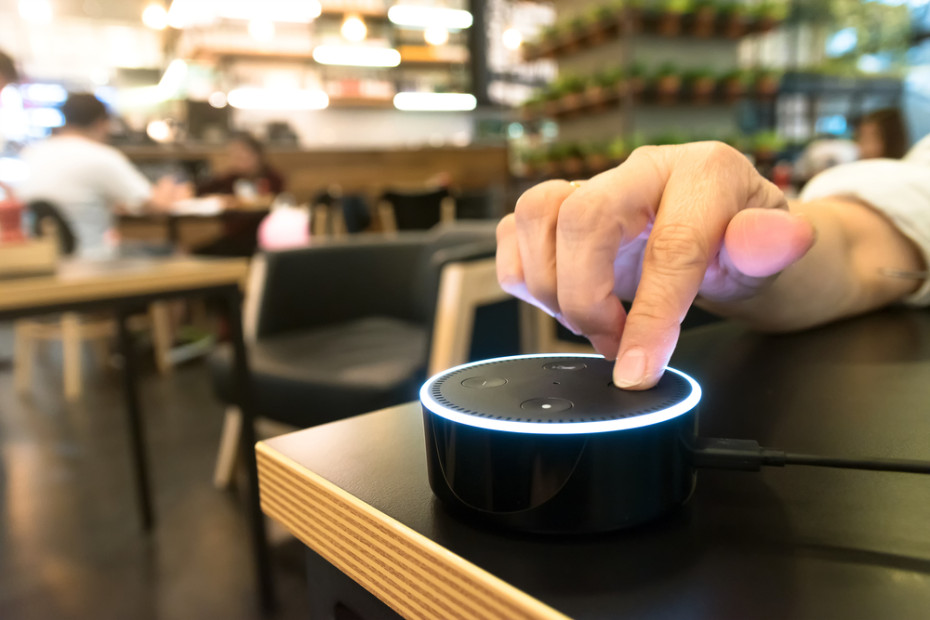
“Hey Siri, how’s the weather today?”
“OK Google, remind me to pay the power bill.”
“Alexa, tell me a joke!”
Bots are eating the world. Whether you are an enterprising app developer building the essential software to bring a virtual Taylor Swift into your Slack chats, or just lonely and in need of a dumb, annoying virtual friend to message you on Facebook, we seem to be clear on one thing: Many experiences, apps, sites, and products are going to be replaced with bots. (Unless they are being replaced with VR. Or AR. Or a typewriter keyboard for your iPhone.)
It’s official: “Bot for X” is the new “Uber for X.”
And sure, bots are cool. Ever since ELIZA struggled to pass the Turing Test and HAL 9000 murdered his crew (later reincarnated in a hardly remembered Apple Super Bowl commercial), we’ve been infatuated with the idea of computers as our inevitable sidekicks.
Bots center around one specific niche aspect of artificial intelligence: conversational understanding. Human factors experts have long been enthralled by the idea that a more natural way to communicate with computers would be through speech, and we’ve spent the better part of a century building to a point where natural conversations may soon be a reality.
While this is indeed an important step forward in human-computer interaction, it is truly just one small part of what AI is about — and not the part that will matter the most for the enterprise companies that actually buy almost $4 trillion in software and services each year.
Bots are the new command line
Today, most bots just provide a wrapper around existing functionality. In the early days of graphical user interface (GUI), the point-and-click interface provided different ways of achieving the same tasks you could do on the command line; now most bots provide an additional channel with which to do tasks you likely often do another way.
Instead of speaking a specific sentence, you can open the Weather app on your iPhone. You can open your task list and type “Pay the power bill.” You could search Google for a viola joke.
Many of today’s bots are kind of a hipster façade around the same basic command line interfaces consumers abandoned in the 1980s. They require specific syntaxes and understand only a limited vocabulary — but they sure have personality!
format /q /fs:fat /v:mydisk wasn’t nearly this funny back in the day.
Yes, Taco Bell really did this.
While the added convenience of language recognition is a benefit, until bots are capable of performing very complex and novel tasks that richly combine actions and context across the boundaries of apps and sites in unique ways the first time they are asked, we will be limited to trying to remember the 489 commands Siri recognizes. (Yes that link is a man page for Siri.)
The rise of headless AI
But I’m not down on bots. I’m just a lot more excited by the less-flashy flavor of AI that is changing the nature of work itself: headless AI.
Headless AI is the application of artificial intelligence to vastly improve internal business processes.
It is fully transforming the crucial machinery…

